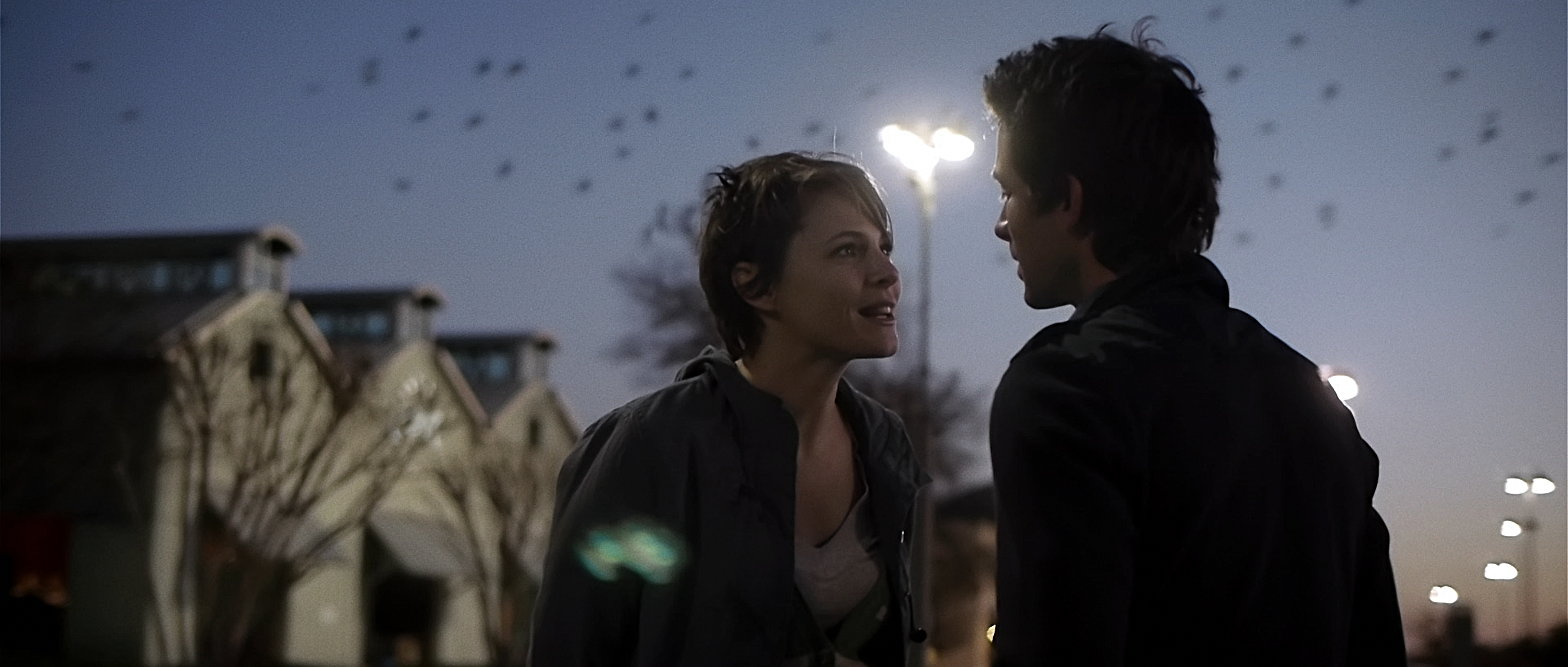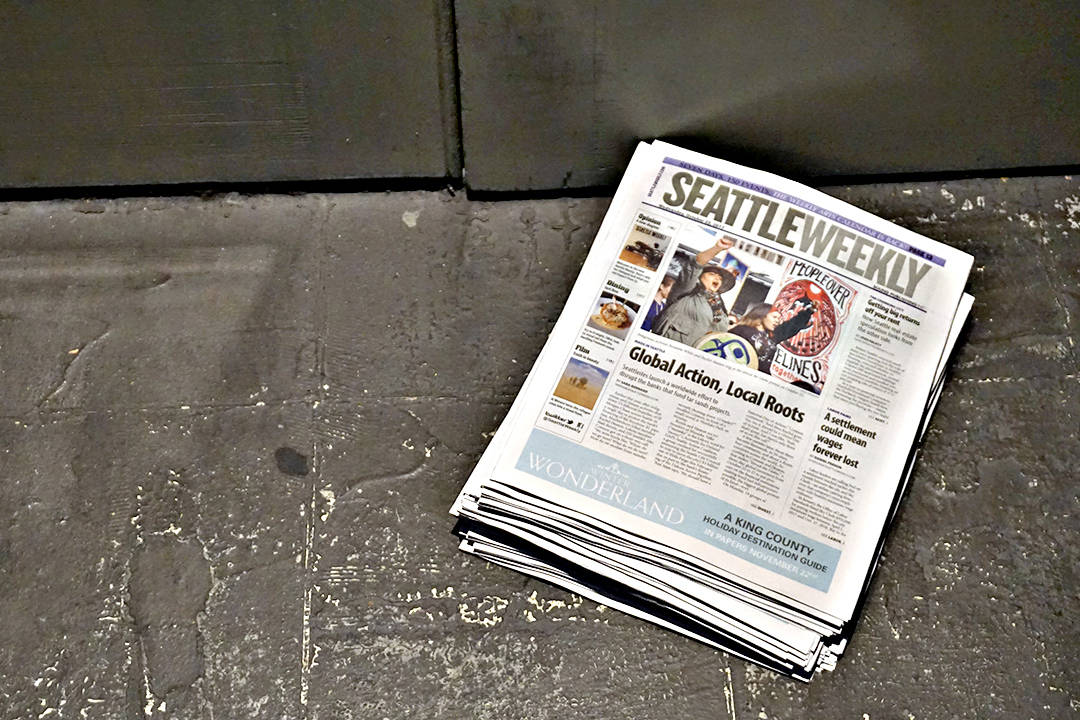Upstream Color
Opens Fri., April 12 at SIFF Cinema Uptown. Not rated. 96 minutes.
Those who loved Shane Carruth’s 2004 debut Primer for its technobabble—and who thought his consulting on the time-travel blockbuster Looper signaled more hard sci-fi from the experimental filmmaker—are bound to be disappointed by his follow-up feature. Upstream Color maintains the gauzy style of its predecessor and exists in the same disorienting, dreamlike world. But there is no gadgetry at play here.
Instead, Upstream Color is a love story involving two deeply damaged individuals. Divorced financier Jeff (Carruth) is a recovering junkie with a criminal history. Broke sign-shop employee Kris (Amy Seimetz) is a heavily medicated lost soul with trust issues. Their attraction, more than physical, seems to be based on the fact that neither is completely responsible for his or her downfall. Rather, a parasitic grub is to blame. Complicating matters is a pig farmer who freelances as an audio engineer and who might be God, or maybe Jeff’s creepy boss. Thoreau’s Walden plays a big part, too. Yeah, it’s complicated. But that’s Carruth’s style.
With Primer, that style resulted in a small but devoted following of fans obsessed with the film’s difficult architecture, transmitted through rapid jump-cuts and a mumbling engineer played by Carruth. Though some claim to have cracked Primer’s code, most filmgoers were rewarded with confusion and eye strain. That’s not the case with Upstream Color, which isn’t an exercise in obfuscation; pay attention and you’ll discern a coherent narrative. But that attention is sometimes a challenge to maintain. Upstream Color is a surreal work, and Carruth tells his story with rapid-fire jump-cuts, a depressed economy of words, and an ethereal electric-piano score (also by Carruth) that is unnerving at times and unrelenting always.
It’s difficult to discern whether the film’s lo-fi cinematography, jolting pace, and oddly dry-sounding overdubbed dialogue are stylistic choices by a groundbreaking filmmaker on a tight budget or the result of a still-green artist groping to understand his medium on a tight budget. What is clear is that Carruth is a much better storyteller than Primer indicated. Upstream Color’s ending is clumsy and obvious, more PSA than avant-garde, but the somewhat patronizing coda makes it clear that Carruth has something more to share than confusion.
mbaumgarten@seattleweekly.com








